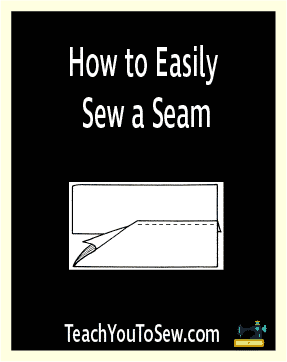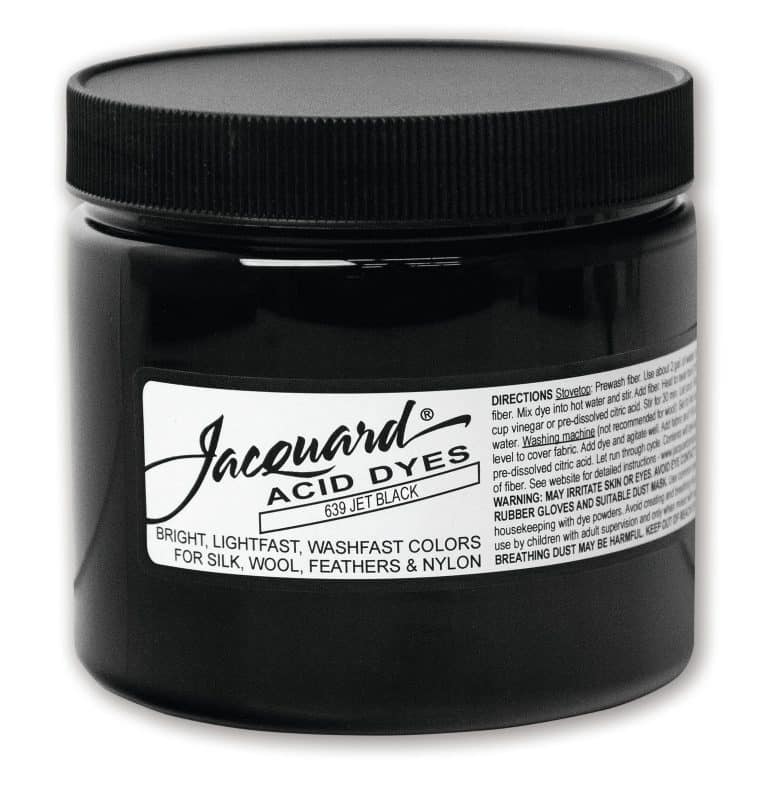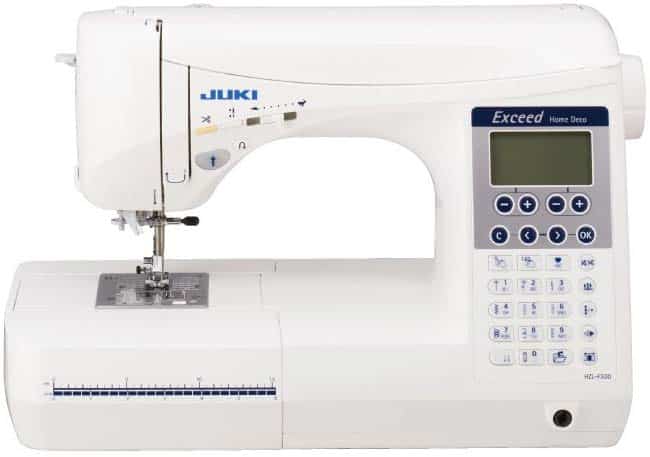Everything You Need to Know About Sewing a Seam

First things first, however, sewing seams is going to be the most important part of almost all sewing projects you’re going to work on, so it makes sense to invest enough time into this skill to hone it and improve as a sewer. Apart from seams themselves, being well-versed with seam allowances, too, is going to be crucial to the success of many sewing projects.
With that said, let’s go over some of the most important aspects of sewing a seam.
Table of Contents
Sewing a Seam
While there are several aspects to sewing a seam, the sewing part itself is probably the most common sewing task you will work on. You should start with a scrap fabric, and would want to have a seam ripper handy as you will find yourself feeling dissatisfied with the quality of your seam more than a few times.
This common sewing task is also one of the more challenging ones, and is certainly going to take a lot of practice and patience, but once you master it, you would go from a beginner sewer to a sewing pro surprisingly quickly.
Pressing a Seam
Pressing a seam is different from ironing a seam. It’s an important sewing skill in itself but it’s not a very easy one either.
And while it may require a bit of patience, the end result is going to be well worth it. Seams that are pressed properly can greatly improve the finished product.
Operating Your Machine
While we have covered a lot of important stuff about getting familiar with your sewing machine in another post, it’s something quite relevant to this topic so we will mention a thing or two again here.
First, it’s easy to get frustrated figuring out what all the functions of your sewing machine mean, but it’s something that’s just going to come to you over time so don’t let it bother you much. Also, when you’re not on friendly terms with your machine, it can make life difficult for you.
This is because how efficiently you use your sewing machine can very well make or break your sewing projects. It’s important to accept the fact that you will regularly run into problems with your machine, and some of them are going to need a lot of patience to deal with. But once you get good at fixing those problems, working on your machine will turn into a breeze.
You may find our Sewing Dictionary useful!
Seam Finishes
As the name suggests, a seam finish is something that helps “finish” the seam. It’s crucial as it adds the required strength to the seam, as well as prevents fraying.
A good seam finish is also an important part of the seam construction, and is needed to provide stability to the seam allowance. There are different types of seam finishes out there and you’re supposed to choose the right one based on the fabric and some other factors.
Specialty Seams
Specialty seams particularly include French seams and flat felled seams, and require a slightly different process of sewing when compared to the other, regular seams. One of the important differences is that they require the raw edge of the fabric to be enclosed.
A very common example of the flat felled seams being used are your everyday jeans with a couple rows of visible stitches. The flat felled seams are popular for the durability and strength they bring to the table, and that’s the reason they are commonly used despite calling for a slightly different way of sewing.
Coming to the French seam, it’s different than the flat felled ones and is commonly used for sheer or lace fabrics. The main difference with regards to a French seam is that though it has a seam allowance enclosing the raw edge of the fabric, it isn’t sewn down the way you would while working on your usual seams.
However, don’t let the different sewing requirements of these specialty seams scare you away from using them. This is because they too only require straight stitching, so your machine wouldn’t have any problem working on them and would be able to treat them pretty much the same way as your other seams.
Grading and Under-Stitching
Grading and under-stitching are sewing practices that are followed when working on seams that are difficult to sew following the general sewing process.
Grading the seam allowance is required when working on two types of seams in particular: the bulky ones and the ones having their facings and linings joining each other. If grading is not followed in such cases it may lead to the development of a thick and weird-looking edge.
Under-stitching, on the other hand, would help ensure that the seam stays on the side it’s supposed to be, which is basically to the facing and lining. It would prevent it from ending up on the outside part of the garment.
Seam Intersections
Aligning seam intersections may seem like an extremely challenging task but it’s actually just as easy as making the seams straight and joined with one another perfectly. The two most important requirements here would be to be able to sew straight and sew accurately.
This would help make the seams to be pretty much the same as one another, with all the pieces magically fitting the way you want them to.







